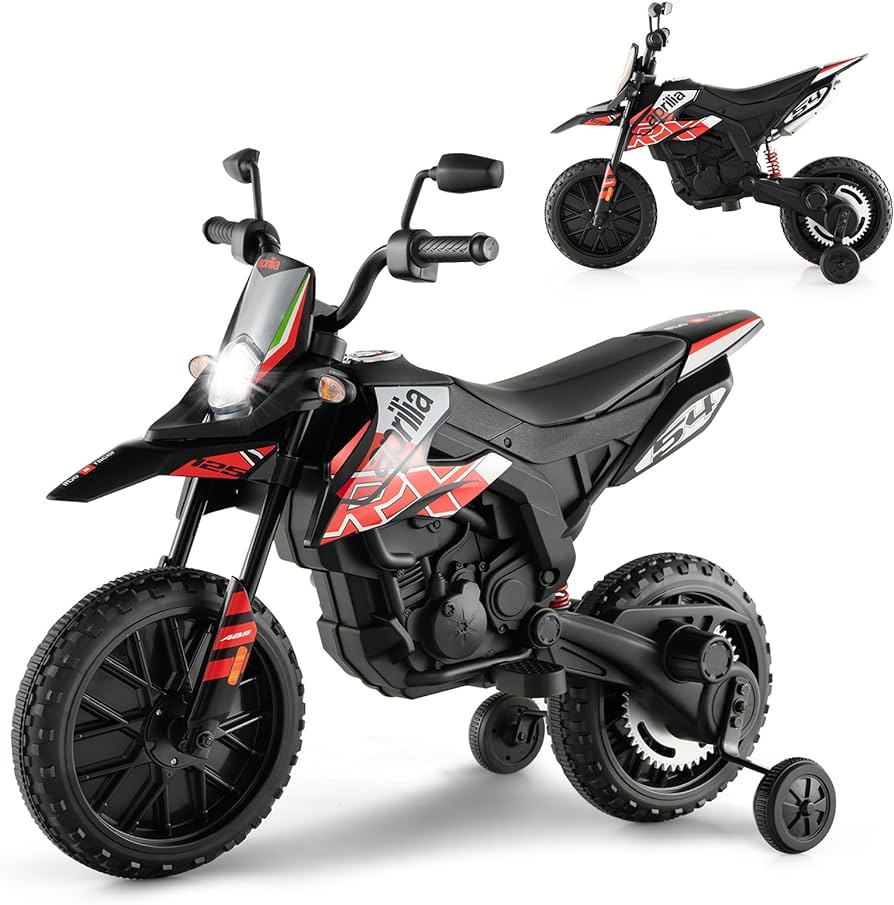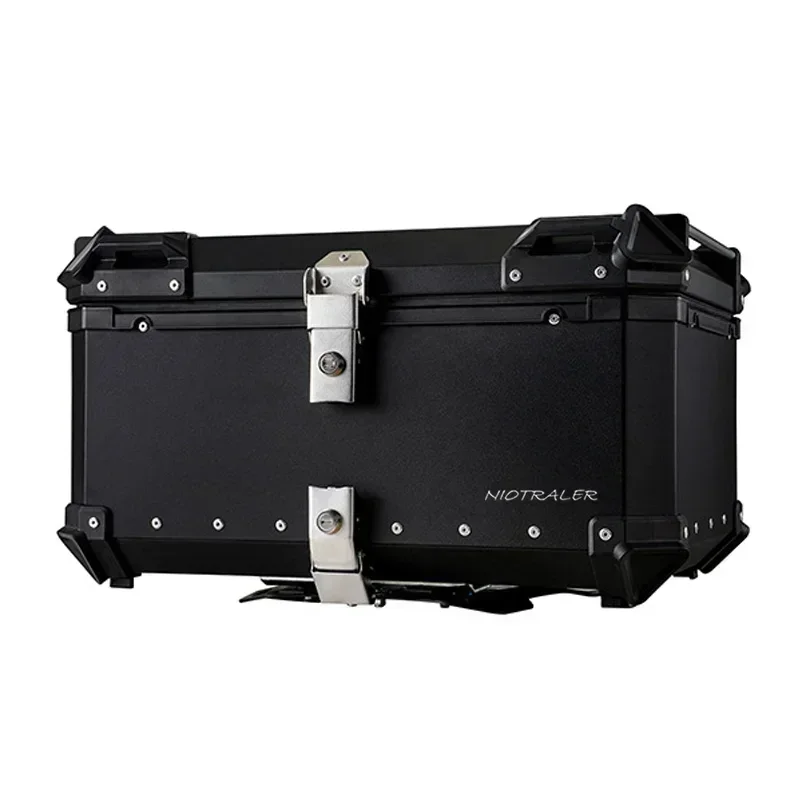Introduction:
Motorcycle crashes are a serious concern, often resulting in severe injuries or fatalities due to the lack of protective barriers between the rider and the environment. Understanding the primary causes of these accidents is crucial for developing effective prevention strategies and improving overall road safety. This comprehensive guide explores the leading factors contributing to motorcycle crashes, examining rider behavior, road conditions, vehicle-related issues, and other influences. By gaining insights into these causes, policymakers, riders, and the general public can work together to reduce the frequency and severity of motorcycle accidents.
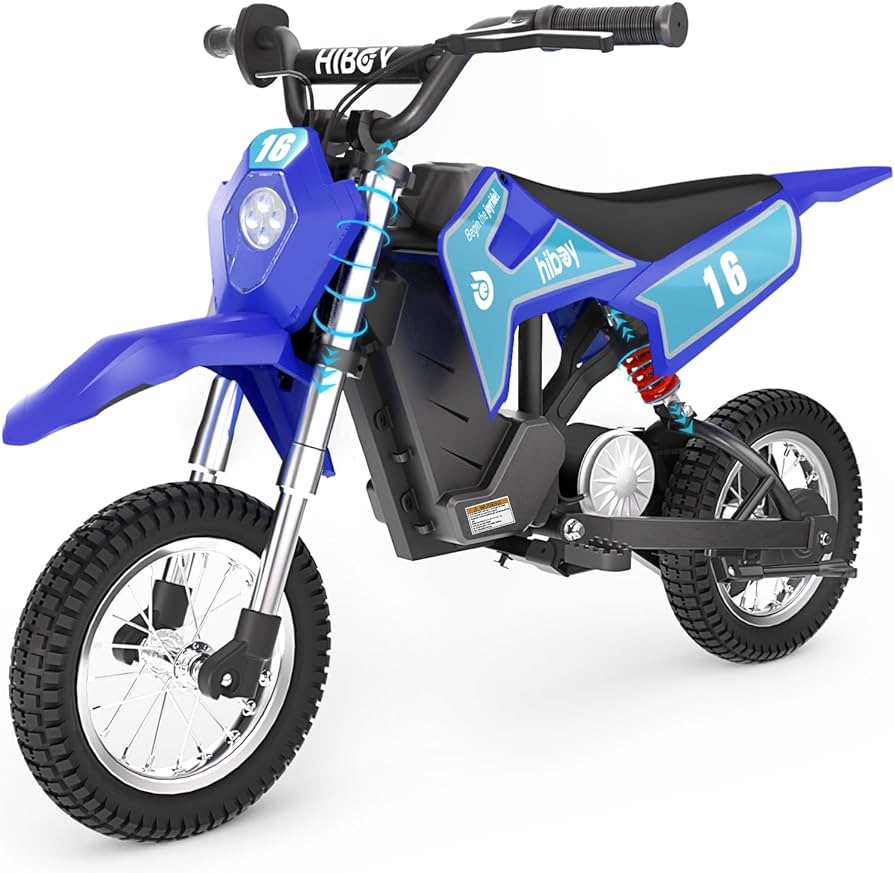
What Is the Primary Cause of Motorcycle Crashes?
Understanding Rider Behavior and Its Impact on Motorcycle Crashes
Rider behavior is a significant factor in many motorcycle crashes, often influenced by experience, risk assessment, and decision-making.
Speeding: Excessive speed is a common cause of motorcycle crashes. Riders who travel at high speeds have less time to react to obstacles, curves, or changes in traffic conditions. The increased kinetic energy at higher speeds also results in more severe impacts during collisions.
Alcohol and Drug Impairment: Operating a motorcycle under the influence of alcohol or drugs significantly impairs judgment, coordination, and reaction times. Impaired riders are more likely to make errors, misjudge distances, and fail to respond appropriately to road hazards, leading to a higher likelihood of crashes.
Inexperience: Inexperienced riders are more prone to crashes due to a lack of familiarity with motorcycle controls, traffic rules, and defensive riding techniques. Novice riders may struggle with balance, maneuvering, and handling emergency situations effectively.
Aggressive Riding: Aggressive behaviors, such as weaving through traffic, tailgating, and sudden lane changes, increase the risk of collisions. Such actions can catch other road users by surprise and reduce the rider’s ability to maintain control over the motorcycle.
Lack of Protective Gear: Riding without appropriate protective gear, such as helmets, jackets, gloves, and boots, can lead to more severe injuries in the event of a crash. While this doesn’t directly cause accidents, it exacerbates the outcomes of those that do occur.
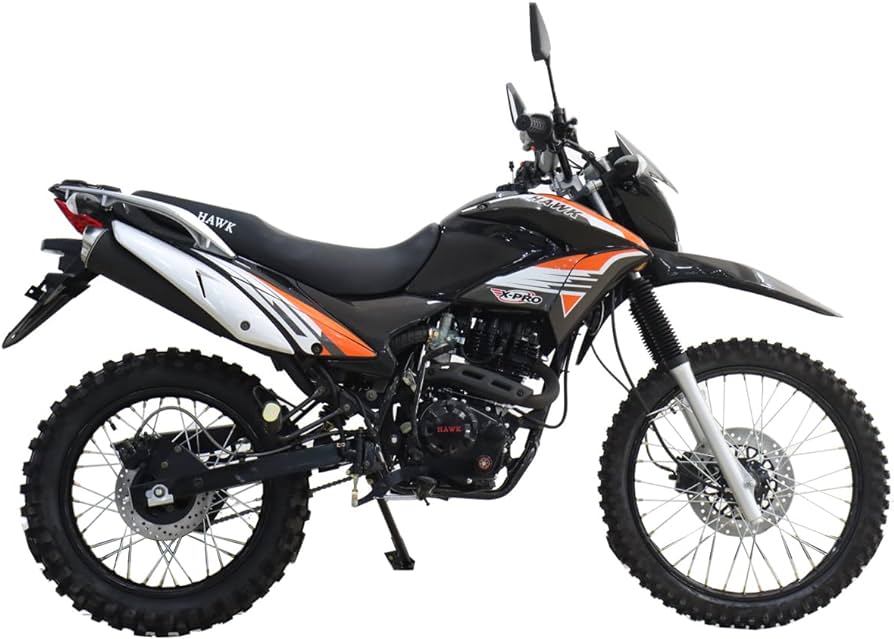
Examining Road Conditions and Environmental Factors
Road conditions and environmental factors can significantly influence motorcycle safety, sometimes beyond the rider’s control.
Poor Road Conditions: Potholes, debris, uneven pavement, and loose gravel present substantial risks to motorcyclists. These hazards can cause loss of traction, leading to skidding, losing control, and potentially crashing.
Weather Conditions: Adverse weather conditions, including rain, snow, ice, and fog, reduce visibility and traction. Wet or icy roads increase stopping distances and make it harder for riders to maintain control. Fog reduces visibility, making it challenging to see other vehicles and road signs.
Inadequate Road Design: Road design features, such as sharp curves, narrow lanes, poorly marked intersections, and lack of proper signage, can contribute to motorcycle crashes. Unsafe road layouts increase the complexity of navigating, especially for less experienced riders.
Construction Zones: Construction zones often present unexpected changes in road conditions, with obstacles like cones, barriers, and machinery. The confusion and sudden changes in traffic patterns can catch motorcyclists off guard, increasing the risk of accidents.
Traffic Congestion: Heavy traffic conditions present challenges for motorcyclists, including reduced space for maneuvering and increased interaction with other vehicles. In dense traffic, the risk of being involved in a collision with another vehicle rises.
Understanding Vehicle-Related Issues Contributing to Crashes
Mechanical failures and issues with other vehicles on the road are also significant contributors to motorcycle crashes.
Mechanical Failures: Mechanical issues, such as brake failures, tire blowouts, engine malfunctions, or chain breakage, can occur suddenly and without warning. Regular maintenance and pre-ride inspections are crucial to prevent such failures and enhance safety.
Visibility Problems: Motorcycles are smaller and less conspicuous compared to other vehicles, making them harder to see. Car drivers may fail to notice motorcycles, leading to collisions, especially during lane changes or at intersections.
Braking and Cornering Errors: Improper braking techniques, such as sudden braking or failure to use both brakes, can cause skidding and loss of control. Similarly, incorrect cornering techniques, such as taking a turn too sharply or at excessive speed, can lead to crashes.
Left-Turn Collisions: One of the most common accident scenarios involves a vehicle making a left turn across the path of an oncoming motorcycle. This type of collision often occurs due to the car driver’s failure to judge the motorcycle’s speed or distance accurately.
Rear-End Collisions: Motorcycles are vulnerable to rear-end collisions, particularly if the motorcyclist has to stop suddenly. Drivers following too closely behind, not paying attention, or failing to respect the motorcycle’s braking power can cause these accidents.
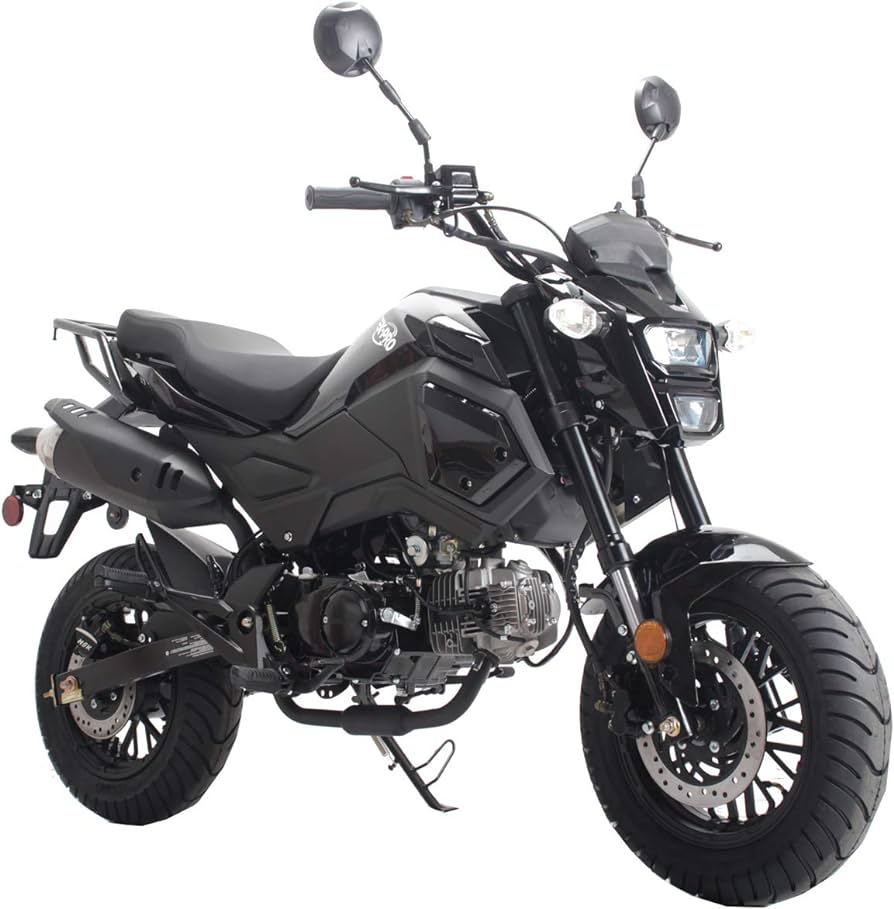
Exploring the Role of Other Road Users in Motorcycle Crashes
Other road users, including car drivers, cyclists, and pedestrians, play a crucial role in contributing to motorcycle crashes.
Inattention and Distraction: Distraction among car drivers, such as using mobile phones, eating, or interacting with passengers, increases the likelihood of them failing to notice motorcycles. Inattentive driving reduces reaction times and increases the chances of collisions.
Failure to Yield: Car drivers often fail to yield the right of way to motorcyclists at intersections, roundabouts, or while merging lanes. Misjudging the speed or presence of a motorcycle can lead to dangerous situations where the motorcyclist is forced to take evasive action.
Blind Spots: Motorcycles can easily disappear into the blind spots of larger vehicles. Drivers who change lanes without checking their blind spots comprehensively risk colliding with motorcyclists.
Road Sharing Issues: Confusion and conflicts over lane sharing or lane splitting practices can also lead to crashes. Not all drivers or motorcyclists are familiar with the regulations and best practices for safe lane sharing, causing misunderstandings and unsafe maneuvers.
Pedestrian Interactions: Pedestrians crossing the road inattentively or unexpectedly can cause motorcyclists to make sudden maneuvers to avoid them. These sudden actions can result in loss of control and crashes.
Addressing the Role of Rider Training and Education
Investing in rider training and education is a critical mitigation measure to reduce motorcycle crashes.
Basic Rider Training: Comprehensive rider training programs provide new riders with essential skills and knowledge, including motorcycle controls, defensive riding techniques, and hazard recognition. This training builds confidence and competence, reducing the risk of crashes.
Advanced Rider Courses: Experienced riders can benefit from advanced training courses that focus on refining skills, such as advanced braking, cornering techniques, and emergency maneuvers. Continuous education helps riders stay sharp and adapt to changing road conditions.
Public Awareness Campaigns: Public awareness campaigns can educate both riders and drivers about motorcycle safety, sharing the road, and respecting motorcyclists’ space. These initiatives promote safer interactions between different road users.
Helmet and Gear Use: Promoting the use of helmets and protective gear through mandatory laws and public campaigns is vital. Proper gear can reduce the severity of injuries in crashes and encourage a safety-conscious culture among motorcyclists.

Analyzing Statistical Data on Motorcycle Crashes
Understanding statistical trends and data provides insights into the primary causes of motorcycle crashes and informs preventative measures.
Crash Data Analysis: Analyzing crash data helps identify common patterns, such as time of day, weather conditions, and locations where motorcycle crashes are most frequent. This information helps target interventions and prevention strategies.
Demographic Insights: Demographic analysis can reveal which groups of riders are most at risk, such as age groups, gender, or geographic locations. Tailored interventions can address the specific needs and challenges faced by these groups.
Effectiveness of Safety Measures: Statistical evaluation of the effectiveness of safety measures, such as helmet laws, rider training programs, and public awareness campaigns, provides evidence-based insights into what works and where improvements are needed.
Impact of Legislation: Monitoring the impact of traffic laws and regulations on motorcycle safety, such as anti-speeding measures or impaired driving enforcement, helps assess their effectiveness and guides policy adjustments.
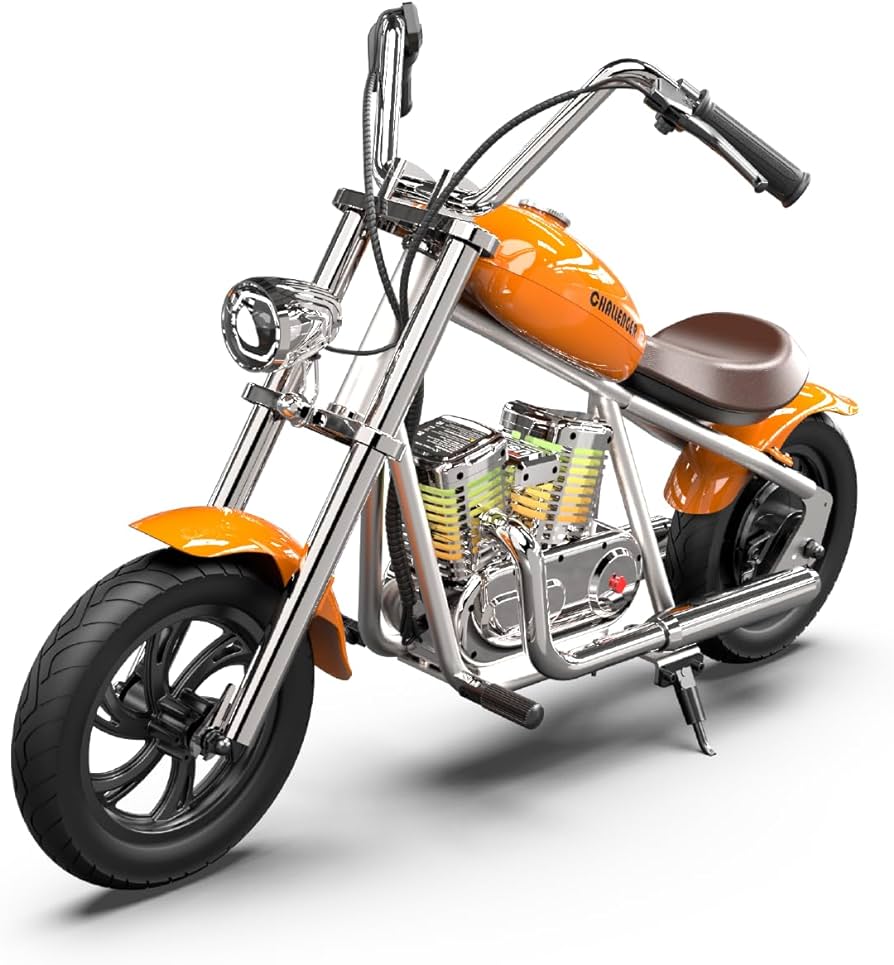
Conclusion
Understanding the primary causes of motorcycle crashes involves examining rider behavior, road conditions, vehicle-related issues, and interactions with other road users. By addressing these factors through education, technological advancements, policy interventions, and increased public awareness, the frequency and severity of motorcycle accidents can be significantly reduced. Investing in comprehensive rider training, promoting the use of protective gear, and leveraging data-driven insights are essential steps toward enhancing motorcycle safety. Working together, riders, policymakers, and the general public can create a safer environment for everyone on the road.







